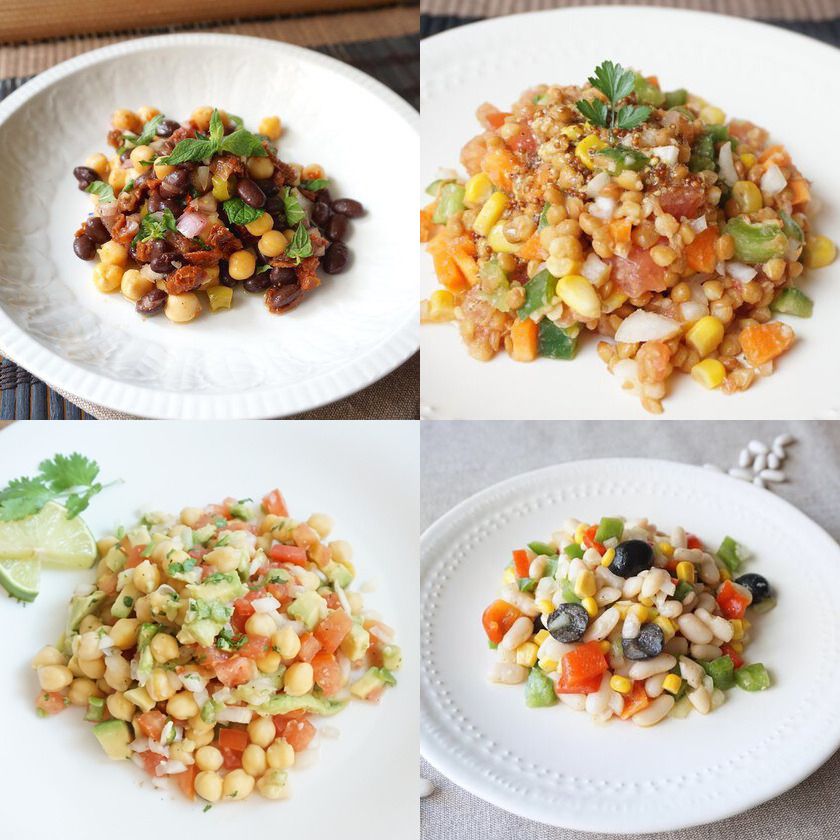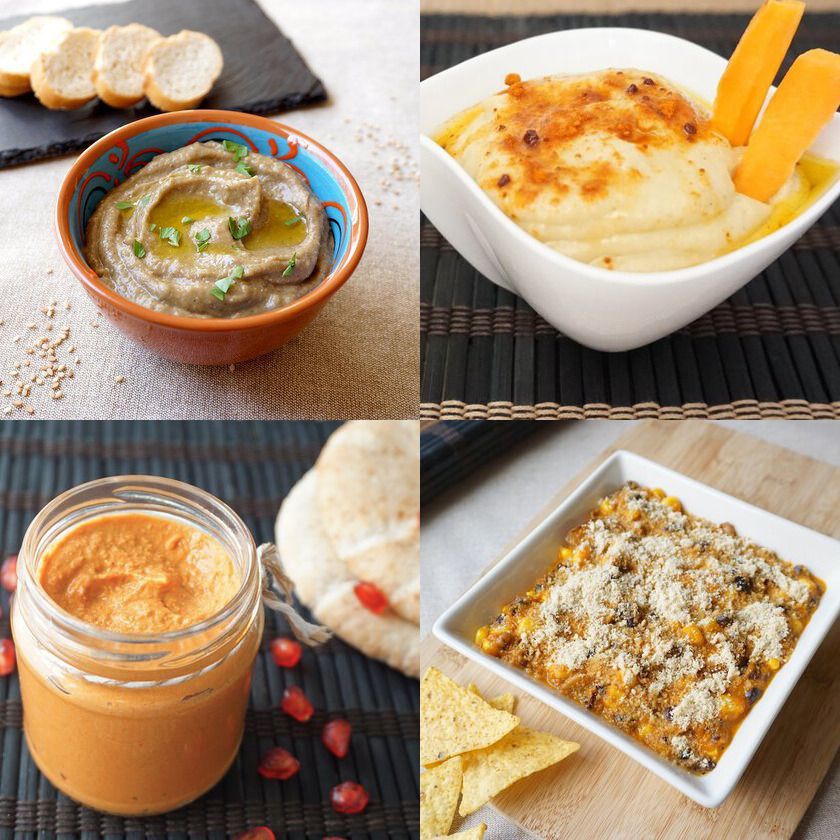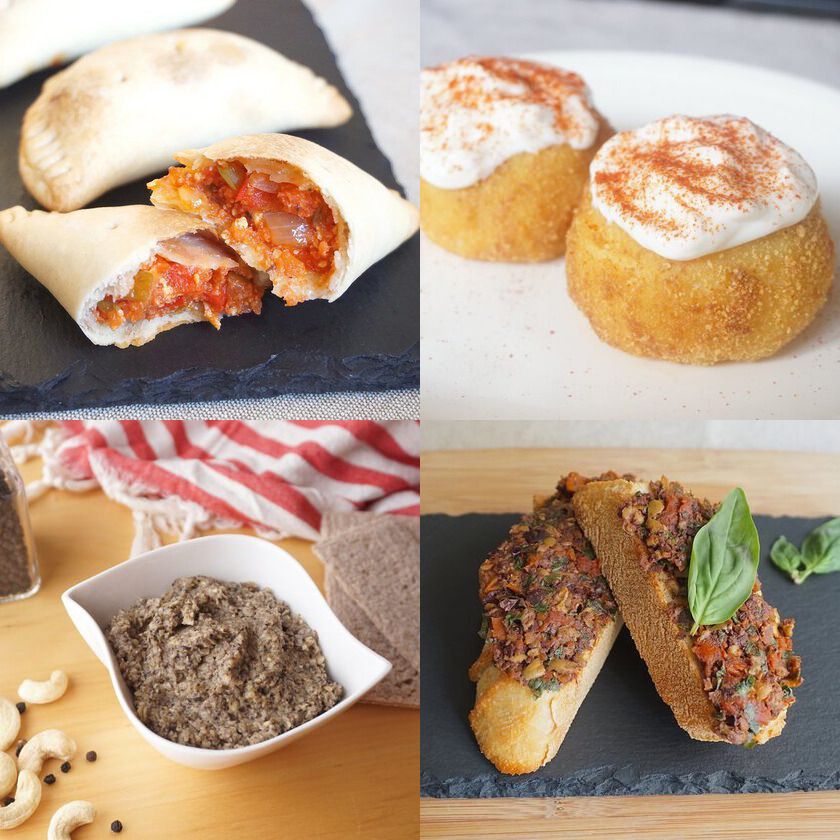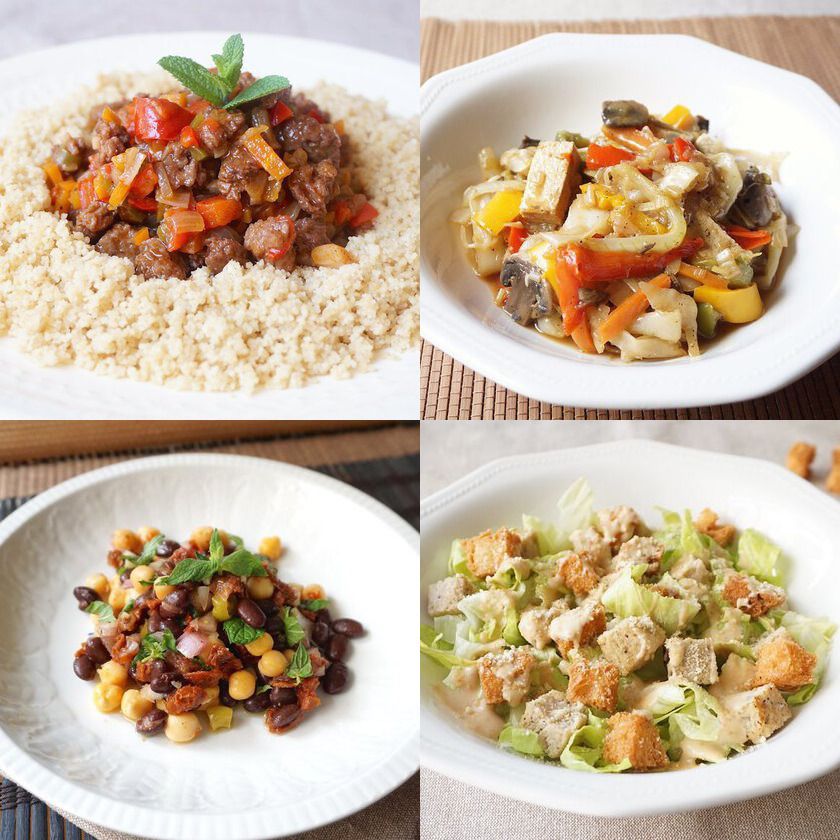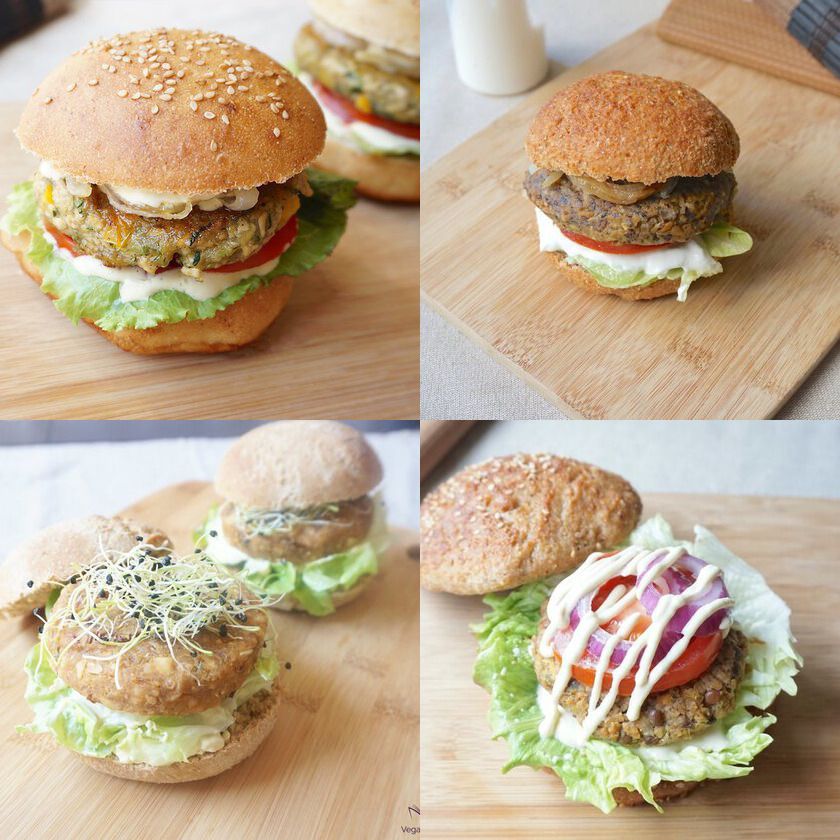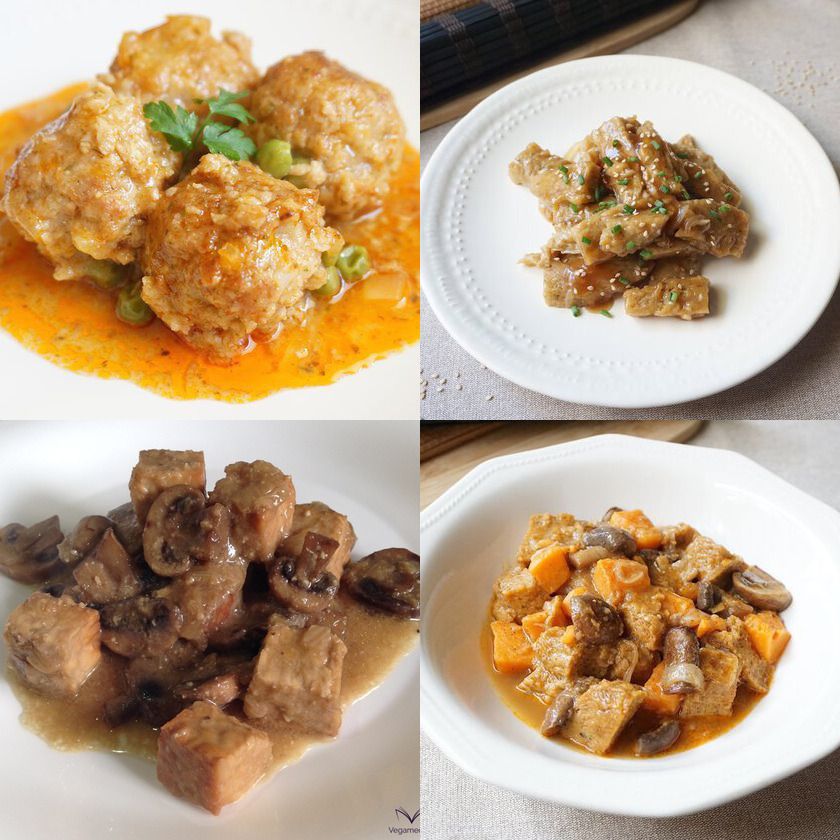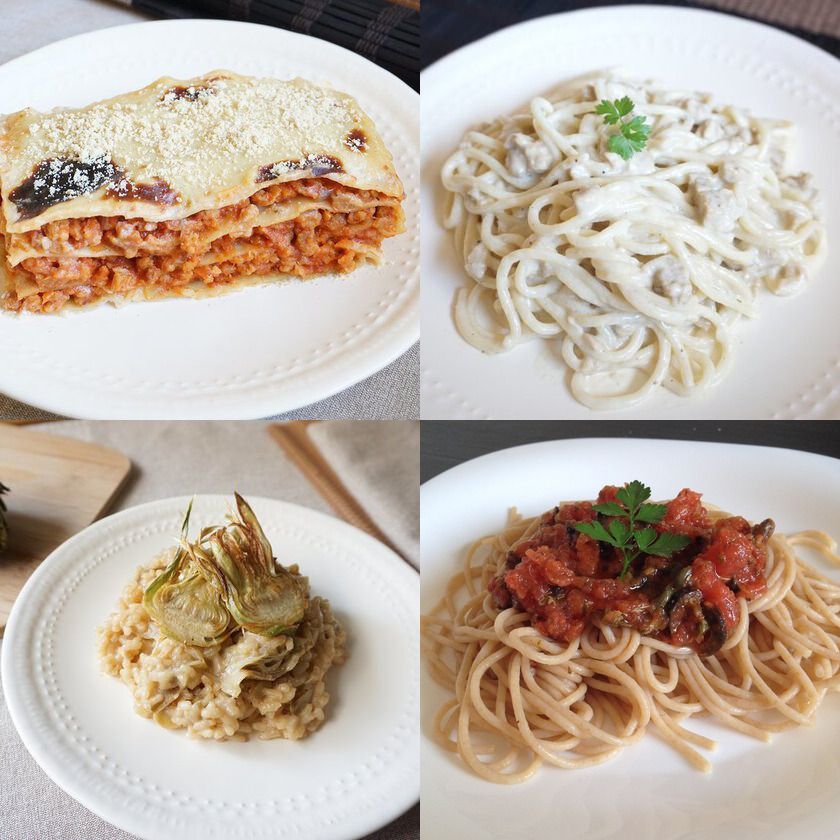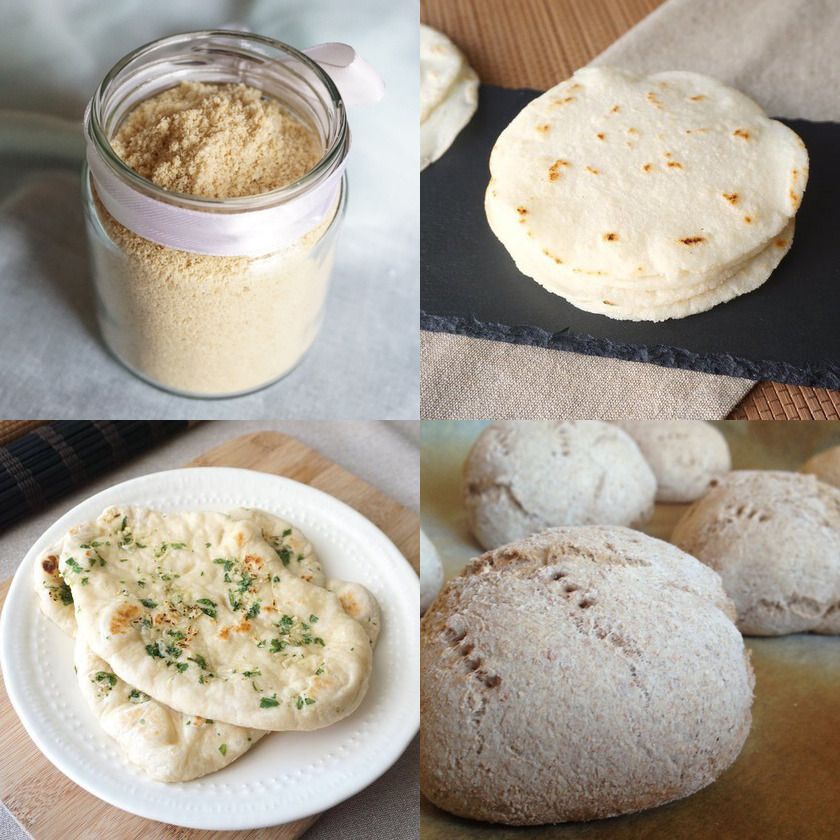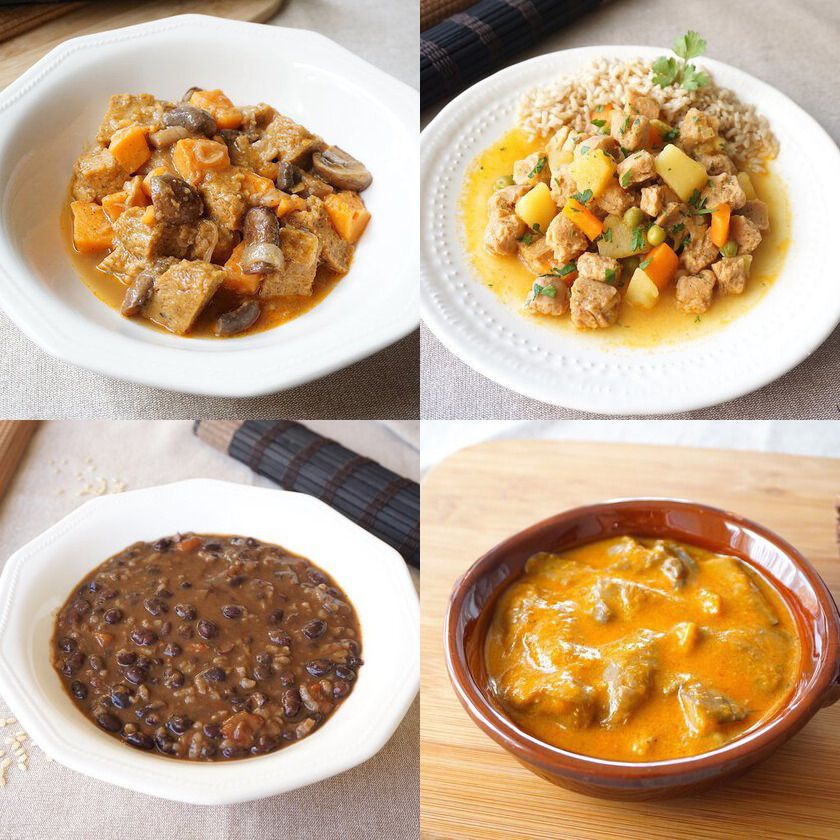
The origin of the three kings' cake (in spanish "Roscón de Reyes") dates back to the 2nd century BC, specifically to the Roman festivals called 'Saturnalia', which took place from December 17 to 23 (when the work in the field ended), in honor of the god Saturn, god of agriculture and crops. In these celebrations it was celebrated that the period of the year of darkness was over and the period of light began, with the increasingly long days.
In addition to exchanging gifts, a dessert was made that was especially popular during these holidays: a cake containing nuts, dates and figs; the authentic precursor of the three kings' cake.
However, it was not until the third century AD that the bean was introduced, which was considered a prosperous and fertile symbol, so that whoever found it was predicted a year of prosperity.
With the imposition of Christianity as an official religion in the Roman Empire, there were very few customs that were kept of pagan celebrations, but the cake with the bean lasted, although it subsequently acquired the shape of a roscón that we know today.
France is one of the places where the tradition of eating roscón took more strength, especially between royalty and the noble classes. It is also the place where in the 18th century it became a tradition to include a gold coin, thus replacing the objective of obtaining the bean by obtaining the coin.
In the nineteenth century came the new Gallic custom to Spain, where the use of the currency resulted in a figurine made of porcelain, and it began to be a tradition to consume the roscón on the Day of Kings, to name 'king' who found the little figurine , and make pay to whoever found the bean.
At present, the traditional sweet is presented in the form of a roscón and decorated with candied fruit, recreating a crown with gems and rubies. It can also be stuffed or not, with the most popular being marzipan, cream, truffle and chocolate fillings.
This recipe is made with a delicious filling of marzipan, but it is ideal to fill the roscón, once baked, with the filling that is preferred, and even to do it without filling, since the sweet aroma of orange blossom water and citrus accents of orange and lemon make it really irresistible.
Below you can see what ingredients you need and the steps to follow to make this incredible sweet with more than 2,000 years of tradition.
| Difficulty level | Preparation time | Rations |
| Difficult | 1 h. y 30 m. | For 8 servings |
* Plus 13 hours of rest
For the preferred
- 90 gr. strength flour
- 2 gr. fresh yeast
- 50 ml. soy milk
For the mass of the roscón
- 120 ml. soy milk
- 1/2 cinnamon stick
- 1/2 orange skin
- the skin of 1/2 lemon
- 340 gr. strength flour
- 80 gr. whole cane sugar
- 2 tablespoons flax seeds
- 6 tablespoons water
- 2 tablespoons rum
- 1 tablespoon orange blossom water
- 15 gr. fresh yeast
- 1/2 teaspoon salt
- 60 gr. non-hydrogenated margarine
For the filling of marzipan
- 200 gr. ground almonds
- 150 gr. sugar glas
- 40 ml. water
For decoration
- 2 tablespoons soy milk
- 1 teaspoon agave syrup
- candied fruit
- pearly sugar
Instructions
- In a saucepan, we heat the soy milk for the dough together with the cinnamon and the orange and lemon skins. When it starts to boil, put the heat to a minimum and let it boil for 5 minutes.
- After this time, put out the fire and, when it is warm, cover it and cover it in the fridge for 8 hours.
- In a bowl, we put the pre-meal flour together with the yeast and soy milk for it, mix everything well with the hands to form a dough and, when everything is well mixed, we make a ball. We cover the bowl with the ball inside with a clean cotton cloth and we also put it in the refrigerator overnight for 8 hours.
- After this time, we prepared the marzipan. Put the ground almonds in a bowl, add the icing sugar and water, stir to mix all the ingredients well and keep well covered in the fridge.
- We grind the linen and put it in a cup together with the 6 tablespoons of water, stir and let it rest for 10 minutes, while we continue making the dough.
- We take the preferment from the fridge, the milk with the cinnamon and the orange and lemon skins, and we also take out the margarine so that it is not so cold and compact.
- We combine the soy milk so that there are no remains of cinnamon or skins and we throw away the rum and orange blossom water. If by cooking, and after adding the orange blossom water and rum, the amount of liquid does not reach the same amount of soy milk that we left in the beginning, we added a little soy milk until we reached the optimum amount .
- In a large bowl, we remove the flour, the sugar, the pretzel and the crumbled yeast to make the dough. We add the mixture that we have prepared with soy milk and the mixture of flax and water, and we tie everything together with the salt, mixing everything well with the hands until obtaining a homogeneous mixture.
- On a flat surface a little floured, we put the dough and begin to work it, folding it on itself for 8 minutes. Although at the beginning it will stick in your hands, little by little it will stop being sticky and we will be able to work it better.
- Add the margarine (which should have a soft texture) and continue working the dough kneading another 8 minutes, until you check that the dough is smooth.
- Then we form a ball and pass it back to the bowl, covered with a clean cotton cloth, leaving it in a warm place for 2 hours to double its volume.
- After this time, flour a smooth surface again, place the dough on it and stretch it with a floured roller to avoid sticking. Stretch the dough as much as we can, giving it a rectangle shape. Although it seems that it is difficult to stretch it, we will see that little by little the dough is giving way and is smoothing. We will try to have about 2 millimeters thick.
- When we have the dough stretched, we form an elongated curl with the marzipan and place it on the left side of the dough. Roll the dough carefully over the marzipan and make a curl until you finish rolling the whole dough. When we have the curl we close it by joining both ends so that it is well sealed. We passed it to a baking tray on vegetable paper and let it light again for 1 hour and 30 minutes, covered with a clean cloth of algogón.
- Preheat the oven to 175º and, while, prepare the mixture of soy milk and agave syrup and varnish it with the roscón. We decorate it with the candied fruit and pearly sugar and bake it for 15 minutes, making sure it does not burn. After this time, we take it out of the oven, decorate it with a bit of crushed pearly sugar, let it cool by placing it on a rack and, when it has cooled down, serve it.

Notes
- Make sure that the rum you use has not used any product of animal origin for its preparation, since during the clarification process elements such as animal albumin, milk proteins, gelatin or fishtail are often used.
- When selecting the vegetable margarine, make sure it does not contain palm oil either and that it is 100% vegetable (eg, the olive margarine from the Flora brand has gelatin among its ingredients).
- If you do not have sugar glas by hand, you can make it using a mixture of 95% sugar - 5% corn starch, and grinding it in a coffee grinder. In this way you can make icing sugar using sugar cane and brown sugar.
- In case you prefer to make an unfilled filling or stuffing in half, in step 12, instead of stretching the dough forming a rectangle, you should take the dough, knead it gently for 2 or 3 minutes and let it rest for 15 minutes covered with a clean cotton cloth. Then you make a hole in the center and stretch it from the inside out, opening it until the dough does not yield anymore. When the mass does not give more than if, the process is the same, you cover it with the cloth and let it take 1 hour and 30 minutes.
- If after the baking time, you see that the roscón is still not well cooked, you can leave it a little more, watching always that it does not burn. If you see that it browns a lot above without being well cooked, you can cover it with vegetable paper to prevent the fruit from burning.
If you have any questions, you can leave it to us in the comments. And if you dare and want to show your creations to the world, do not hesitate to label us, we will love to see them through the networks!
Do you join us on social networks? You will find us on Facebook, Twitter, Instagram and Pinterest!

